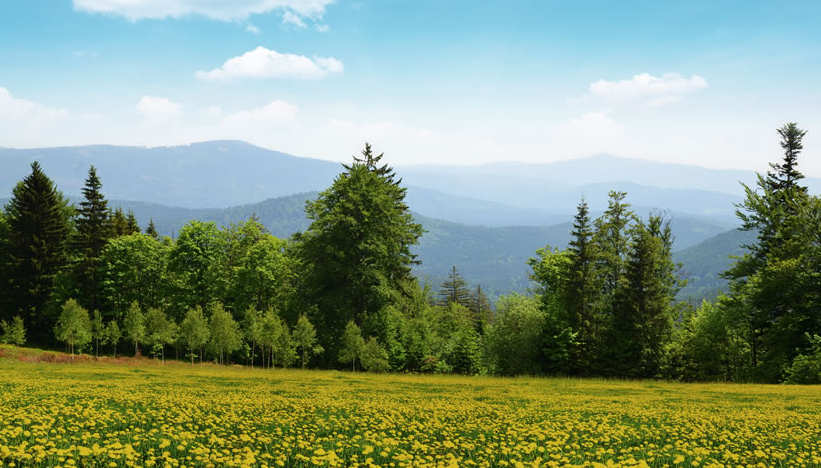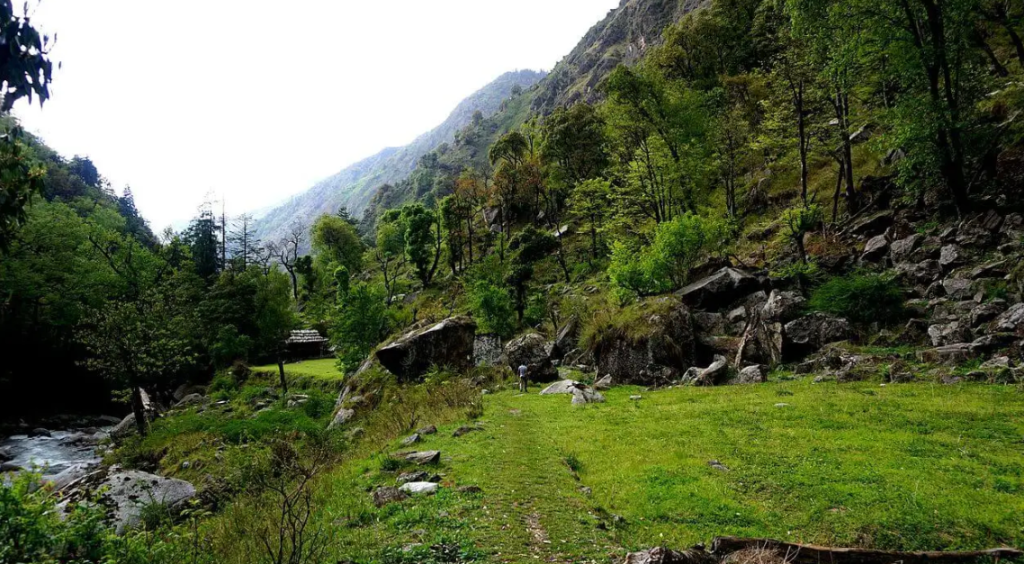Let’s talk about France National Forest. France is home to several remarkable forests, and one of the most notable is the Orleans Forest, located in the Loire Valley. The Orleans Forest covers an area of over 35,000 hectares, making it the largest state-owned forest in France. The France National Forest is popular among locals and tourists, offering a range of outdoor activities, wildlife, and breathtaking scenery. In this article, we will explore the Orleans Forest in detail, including its history, attractions, and conservation efforts.
History of France National Forest
The Orleans Forest has a rich history dating back to the Gallo-Roman period. During the Middle Ages, the forest was a royal hunting ground for French monarchs, including Charles V and Louis XI. In the 16th century, the forest was also used as a source of timber for shipbuilding. However, the forest was heavily deforested during the French Revolution and World War II, leading to significant damage and loss of biodiversity. Since then, the French government has implemented several conservation efforts to restore the forest’s natural beauty and protect its flora and fauna.
Attractions of France National Forest
The Orleans Forest offers visitors a range of outdoor activities and attractions, making it an ideal destination for nature lovers. Some of the most popular activities include:
1. Hiking and Cycling
The Orleans Forest features over 120 kilometers of hiking and cycling trails, offering visitors a chance to explore the forest’s beauty on foot or by bike. The trails vary in difficulty, making them suitable for all ages and fitness levels.
2. Wildlife and Birdwatching
The Orleans Forest is home to a diverse range of wildlife, including deer, wild boar, foxes, and several bird species. Visitors can go birdwatching or wildlife spotting on one of the many designated trails, offering a unique opportunity to observe the forest’s ecosystem up close.
3. Historical Sites
The Orleans Forest is home to several historical sites, including the Château de Chamerolles, a 16th-century castle that has been converted into a museum. Other notable historical sites include the Abbey of Saint-Benoît-sur-Loire and the Château de Sully-sur-Loire, both located near the forest.
4. Camping and Picnicking
The Orleans Forest features several camping and picnic sites, offering visitors a chance to spend the night or enjoy a meal surrounded by nature. Some of the most popular camping and picnic sites include Les Bois de la Madeleine, La Ferté-Saint-Aubin, and Olivet.
Conservation Efforts in France National Forest
The French government has implemented several conservation efforts to protect the Orleans Forest’s biodiversity and natural beauty. Some of these efforts include:
1. Reforestation
The French government has launched several reforestation projects in the Orleans Forest, aiming to restore the forest’s natural vegetation and increase its carbon sequestration capacity. The reforestation projects have also helped improve soil quality and prevent erosion.
2. Wildlife Protection
The French government has established several protected areas within the Orleans Forest, aiming to preserve the forest’s biodiversity and protect its wildlife. Hunting and fishing are strictly regulated within these areas, ensuring the protection of endangered species.
3. Sustainable Forest Management
The French government has implemented sustainable forest management practices in the Orleans Forest, aiming to balance economic, environmental, and social needs. These practices include selective logging, which helps maintain the forest’s ecological balance while providing a sustainable source of timber.
FAQs
1. Is the Orleans Forest open to the public?
Yes, the Orleans Forest is open to the public year-round. Visitors can access the forest via several entrances, including those in the towns of Orleans, Olivet, and Ardon.
2. What wildlife can I see in the Orleans Forest?
The Orleans Forest is home to a diverse range of wildlife, including deer, wild boar, foxes, and several bird species. Visitors may also spot rabbits, hedgehogs, and other small mammals.
3. Are there any guided tours of the Orleans Forest?
Yes, several tour operators offer guided tours of the Orleans Forest, providing visitors with a chance to learn more about the forest’s history, ecology, and conservation efforts.
4. Can I camp in the Orleans Forest?
Yes, several camping sites are available within the Orleans Forest, offering visitors a chance to spend the night surrounded by nature. However, camping is only allowed in designated areas, and visitors must obtain a permit before setting up camp.
5. How can I help support the conservation efforts in the Orleans Forest?
Visitors can help support the conservation efforts in the Orleans Forest by following park regulations, staying on designated trails, and respecting the forest’s flora and fauna. Visitors can also donate to local conservation organizations, such as the Association pour la Protection de la Forêt d’Orléans, which works to preserve the forest’s biodiversity and natural beauty.
Conclusion
The Orleans Forest is a remarkable natural attraction in France, offering visitors a range of outdoor activities, wildlife, and historical sites. The forest’s rich history and unique ecosystem make it a must-see destination for nature lovers and history enthusiasts. With continued conservation efforts, the Orleans Forest is sure to remain a beloved destination for generations to come.
References
- “Orleans Forest.” French Moments, 16 Apr. 2021, frenchmoments.eu/orleans-forest/.
- “Orléans Forest.” French Moments, 3 Nov. 2021, frenchmoments.eu/orleans-forest/.
- “Forêt D’Orléans.” Office de Tourisme d’Orléans, ot-orleans.fr/en/decouvrir/orleans-en-bord-de-loire/foret-d-orleans/.
- “The Orleans Forest, France.” Forest Europe, 28 Apr. 2015, forest-europe.org/forest/the-orleans-forest-france/.

